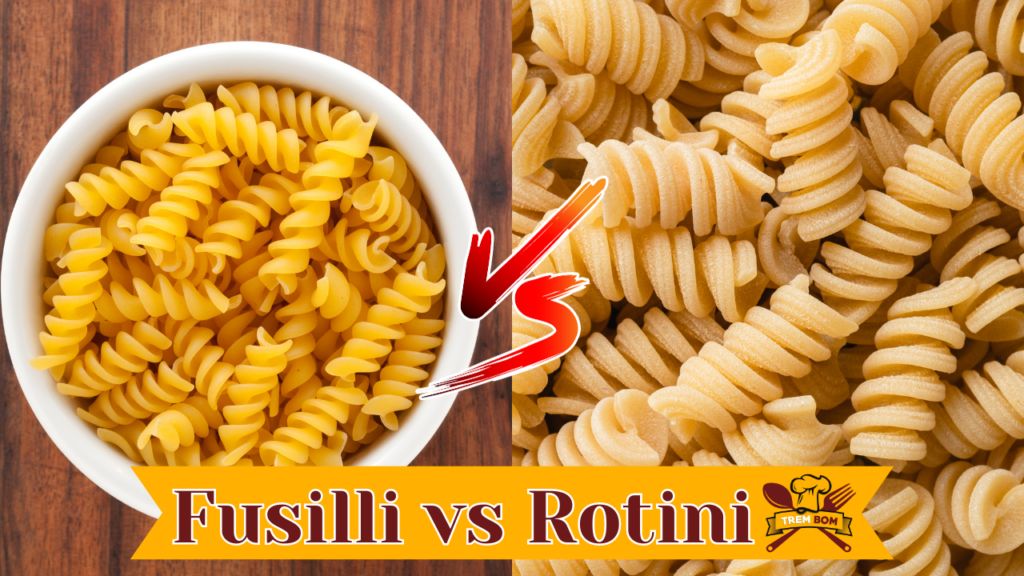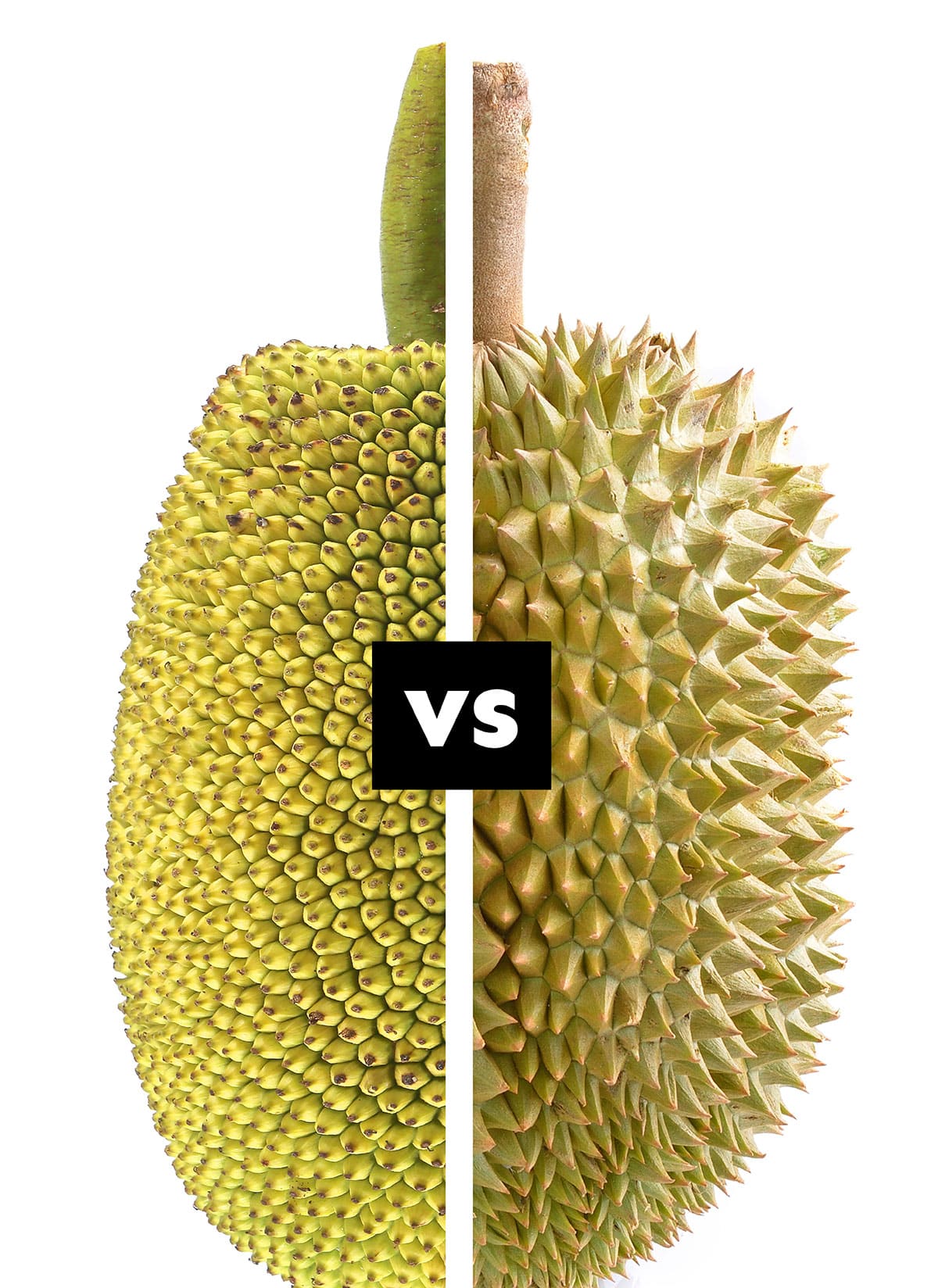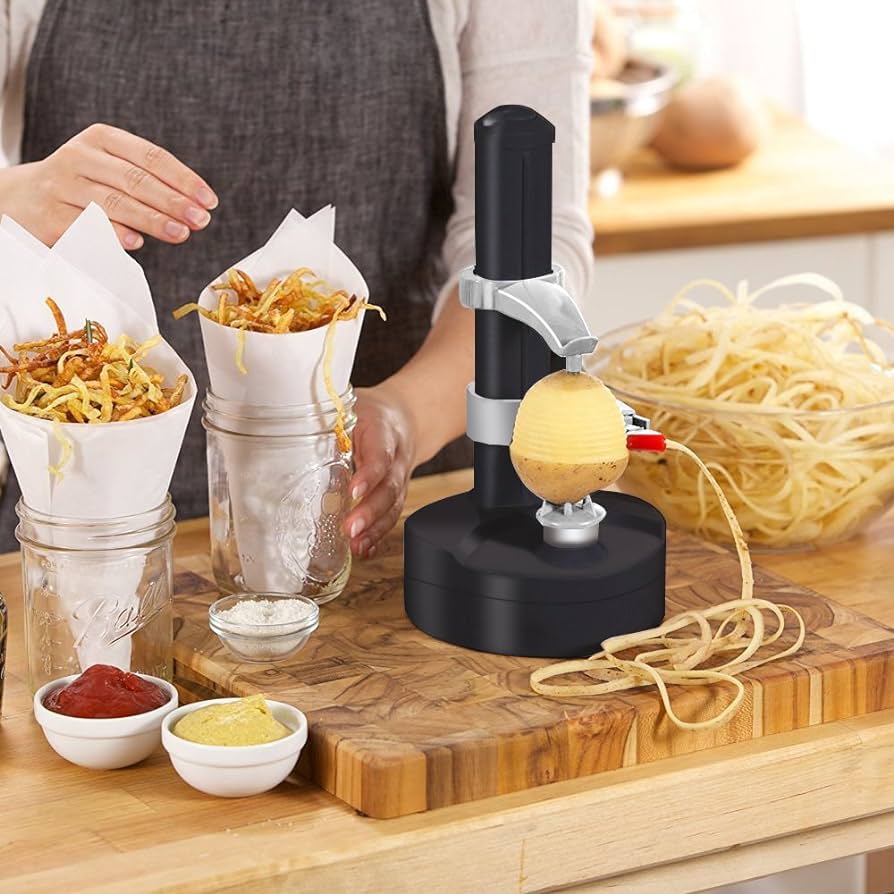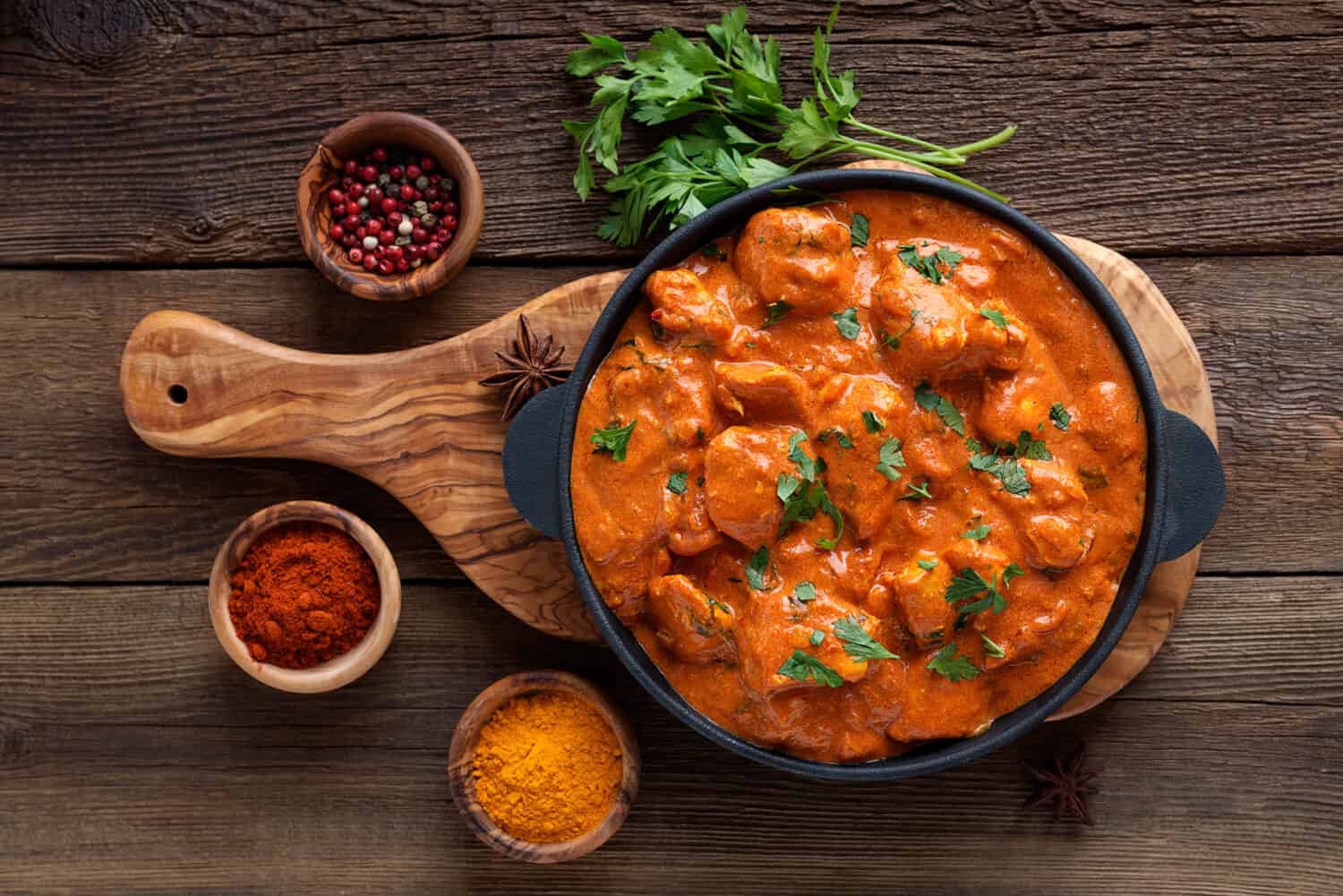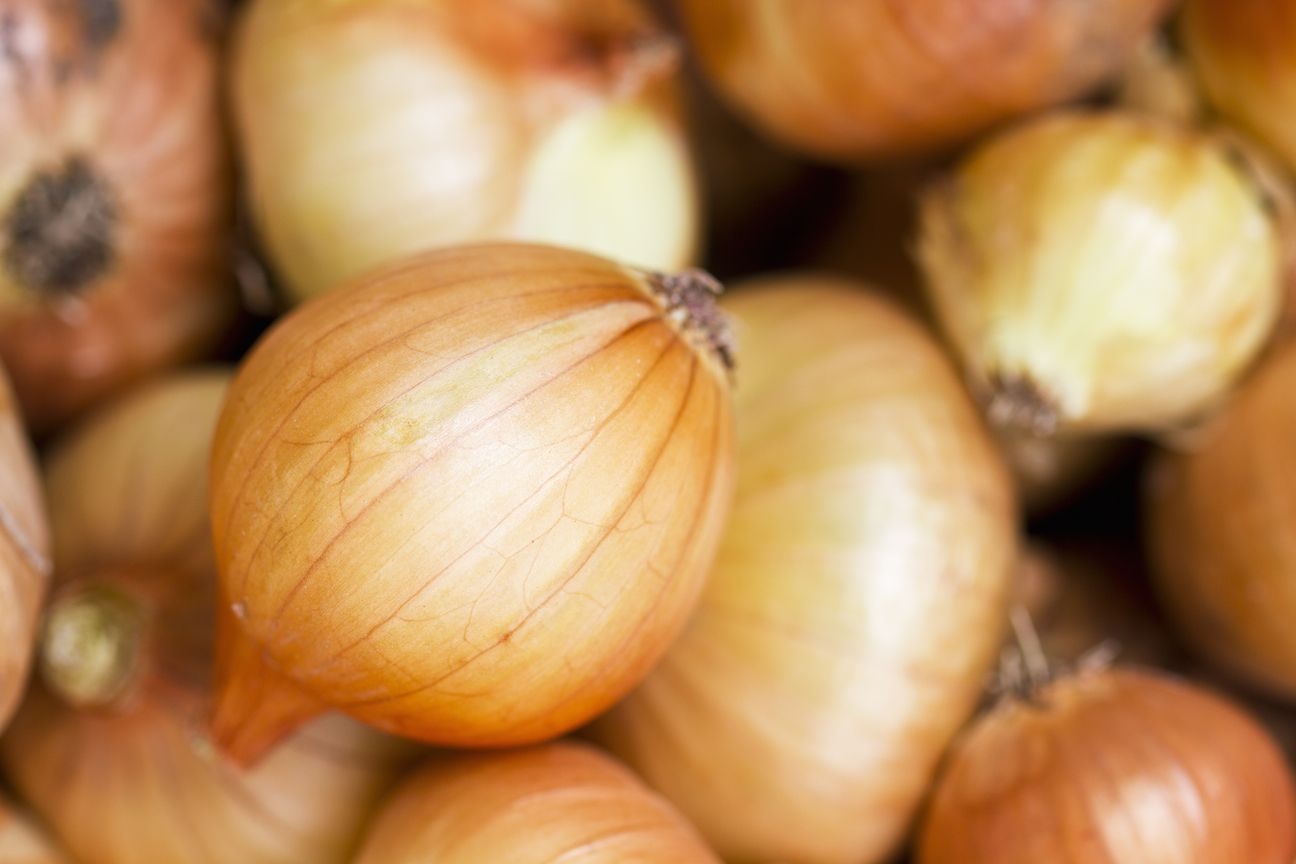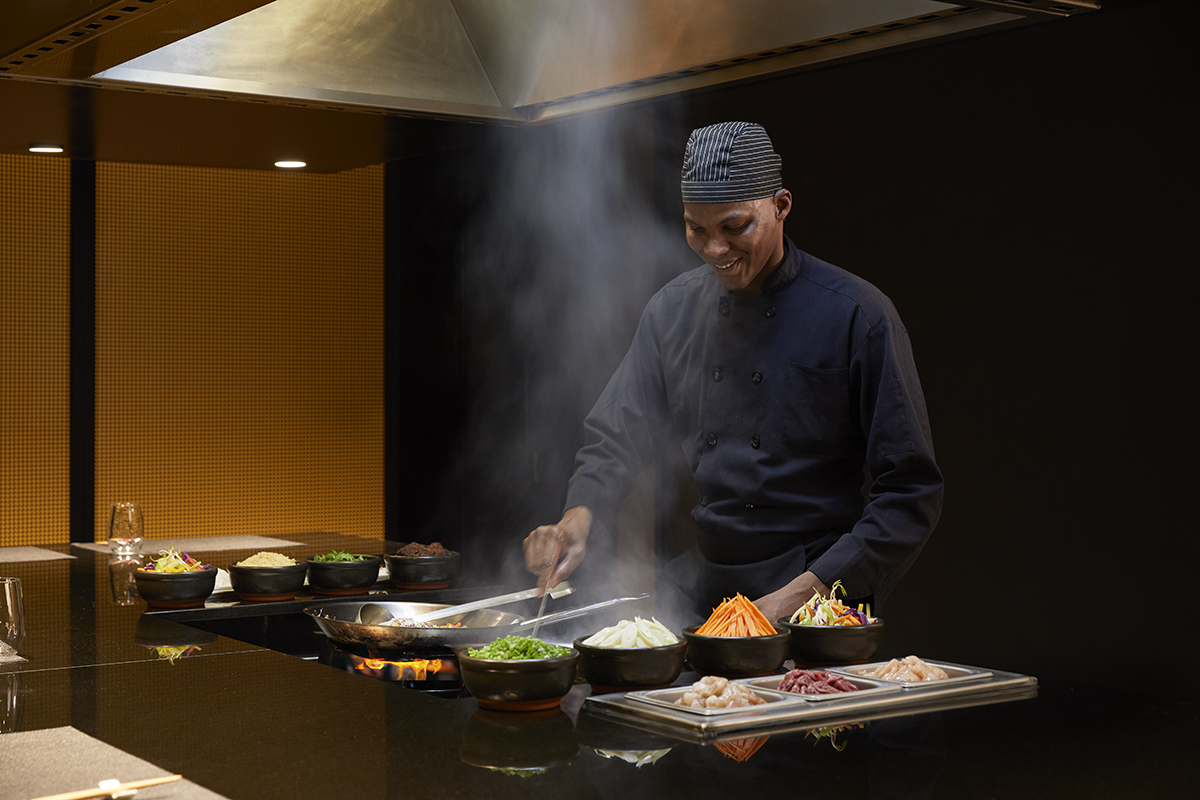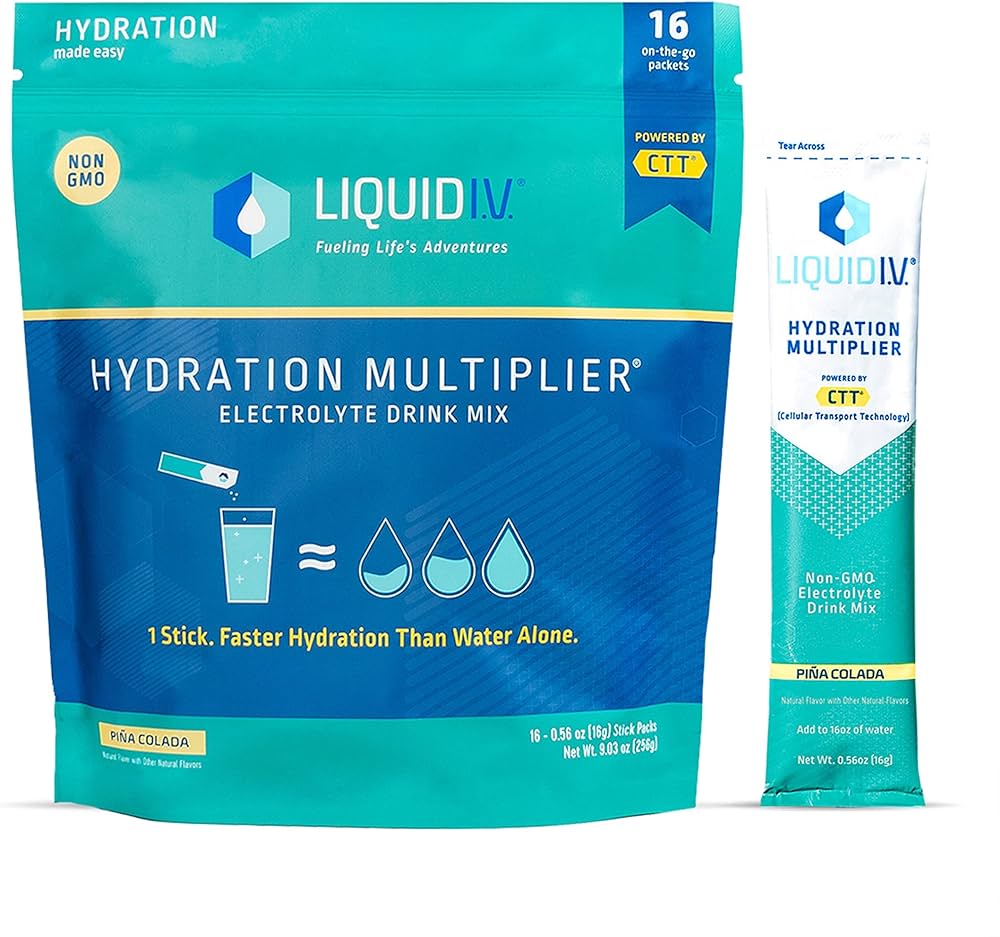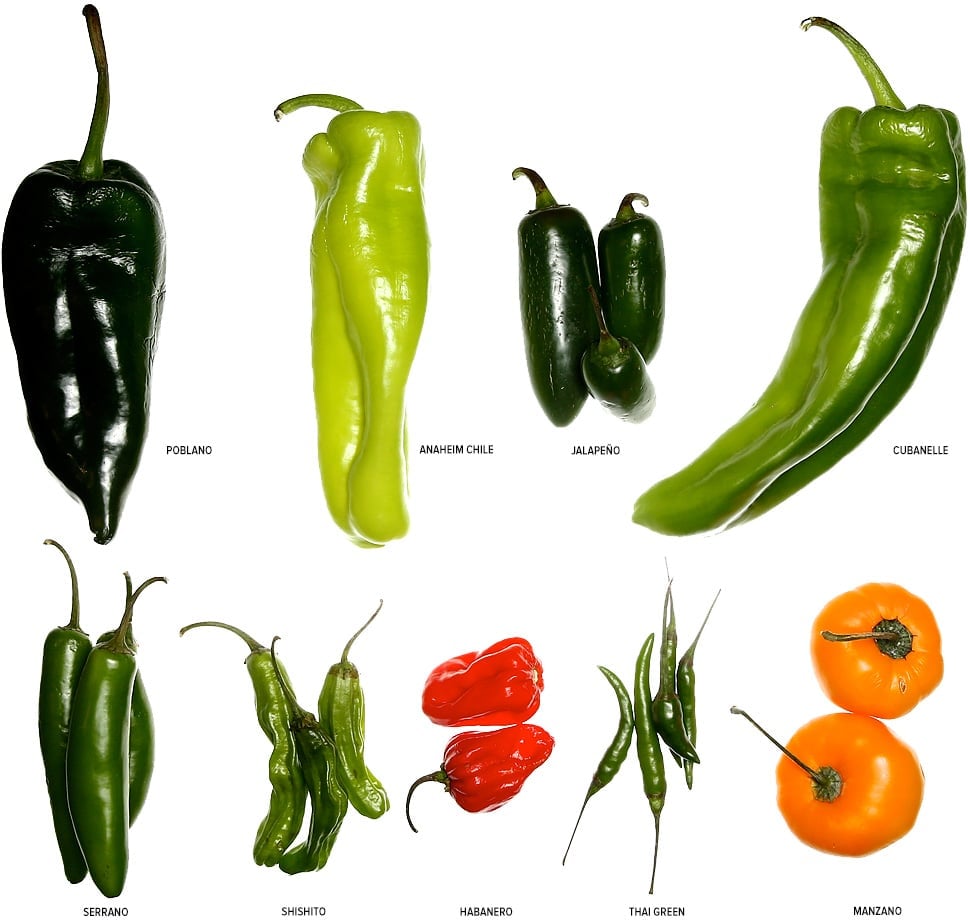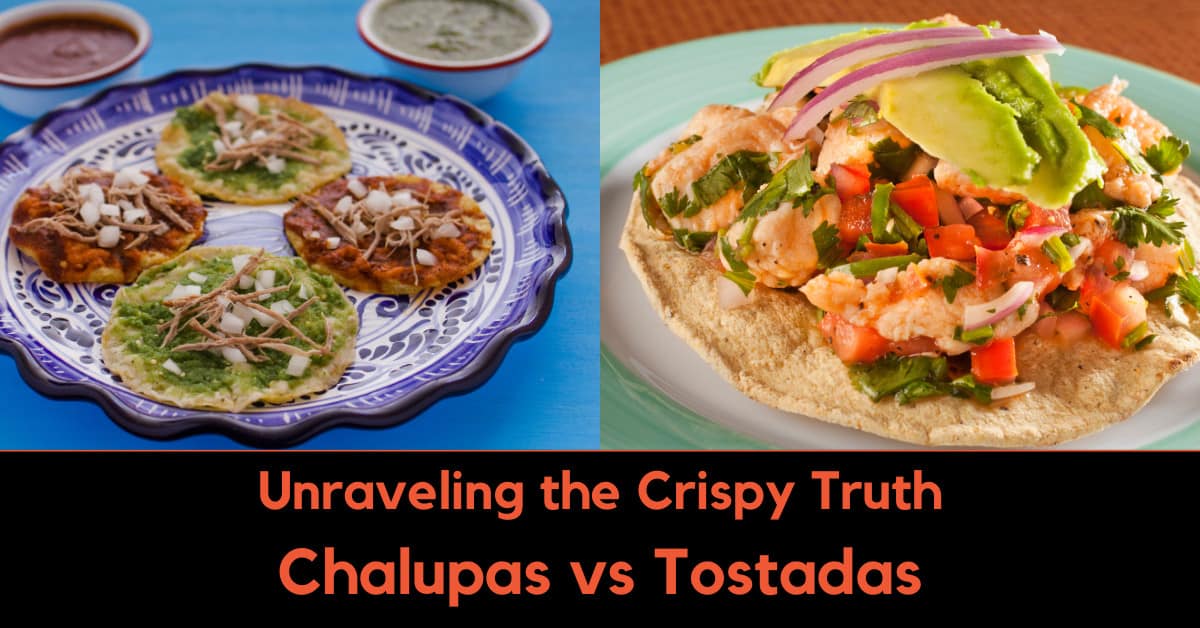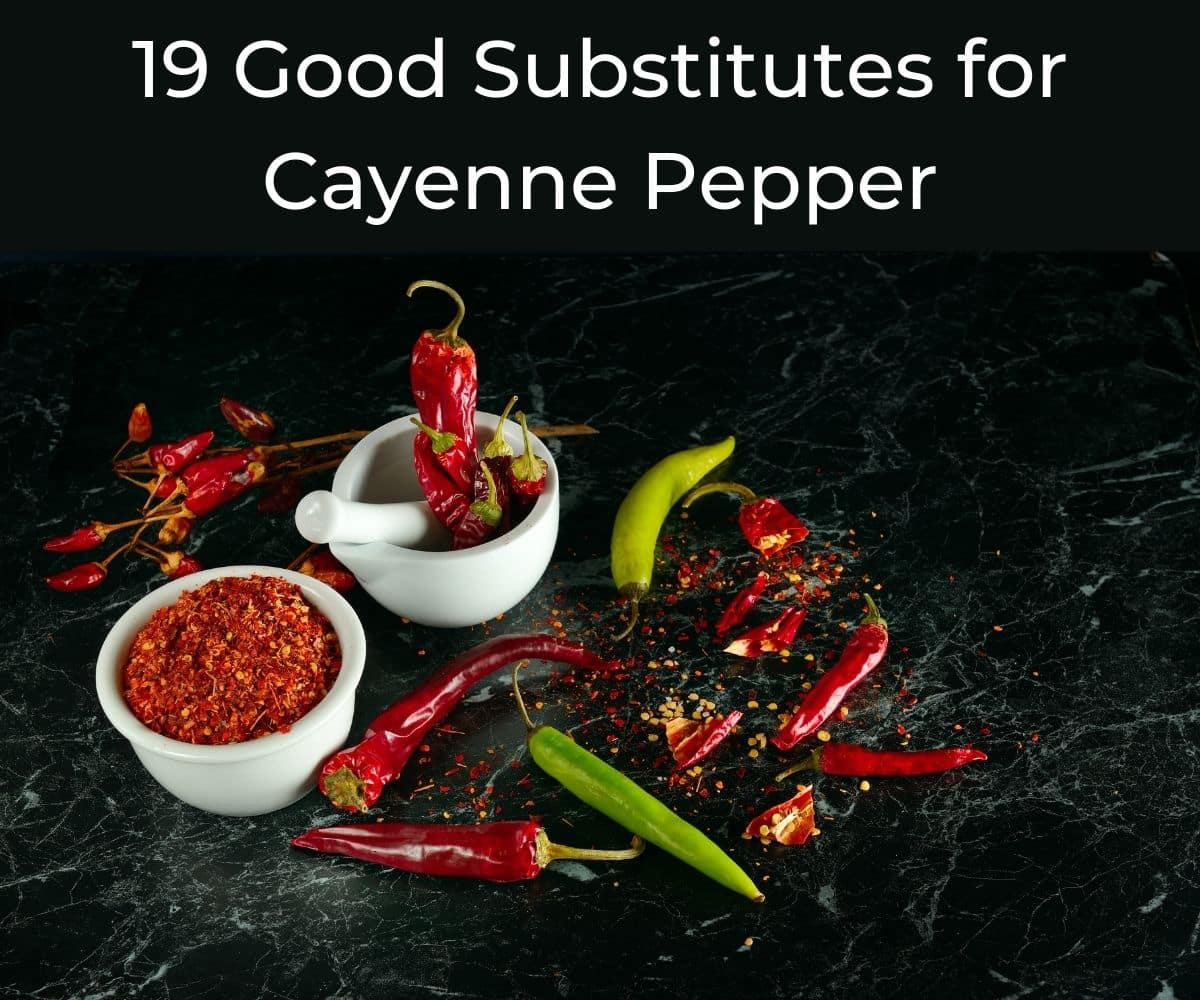Fusilli vs Rotini: Uncovering the Delicate Differences
– Fusilli and rotini are types of pasta that are often confused with each other.
– Fusilli has larger spirals while rotini has a tighter helix shape.
– Fusilli is ideal for thicker sauces while rotini is better for catching lighter sauces or using in pasta salads.
– Fusilli originated in Southern Italy and is made from flat pasta strands spun around a thin rod.
– Fusilli bucati and lunghi are two variants of fusilli pasta.
– Fusilli can be made at home with a pasta shape press machine.
– Fusilli is made with flour, eggs, and egg yolk, while rotini is made mainly from semolina flour.
– Fusilli pasta has a helical shape, while rotini pasta has a corkscrew shape.
– Both types of pasta can hold ingredients like meat, vegetables, sauce, and cheese.
– Fusilli pasta needs to be cooked for at least 12 minutes, while the cooking time for rotini pasta may vary.
– Homemade versions of both types of pasta can be made with the appropriate ingredients and measurements and they can also be dried and stored for later use.
– The main difference between fusilli and rotini is the boiling time, with rotini taking a shorter time to cook.
– Fusilli can be used interchangeably with rotini in recipes, as they taste the same and function the same in sauces.
– Other substitutes for fusilli and rotini include gemeli, cavatappi, rotelle, penne, and rigatoni.
– Fusilli and rotini pasta can be purchased dried or fresh in stores.
– Fusilli is available in various flavors and colors, including red, green, and black with cuttlefish ink.
– Confirm the label and know the shape and color of the pasta before purchasing to ensure the correct type is acquired.
